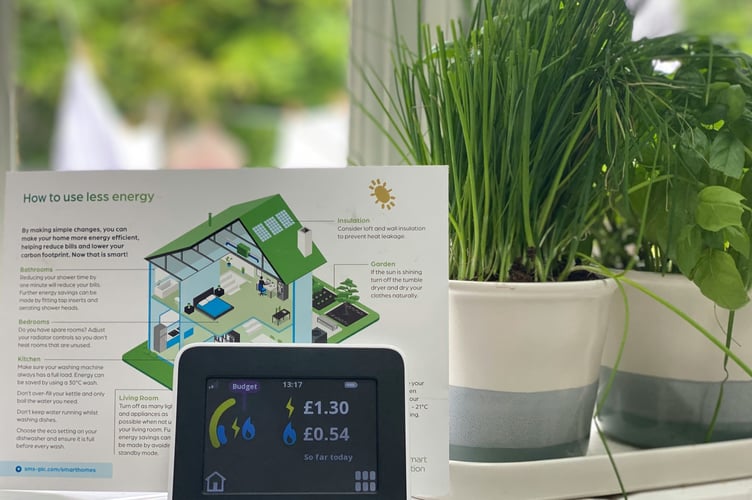Fossil fuels used to be cheaper than renewable energy, but now the cost of renewables like wind and solar has fallen well below the cost of fossil fuels. Renewables provide half our power, yet energy bills remain stubbornly high.
Gas bills shot up following the invasion of Ukraine in 2022. Europe, which used to buy most of its gas from Russia, had to buy from elsewhere. As the demand for non-Russian gas soared, so did the market price.
Although the UK never bought Russian gas, our gas bills also rose as we buy gas at market price from companies operating in the North Sea and Norway that also supply Europe. At the time of the crisis, the government spent £40 billion on reducing our bills, but today the wholesale gas price is still three times higher than before the invasion.
Our electricity bills also went up with half of the increase down to the high gas price, due to our reliance on gas-fired power plants. Renewables supply half our electricity needs, but the marginal pricing system for buying wholesale electricity used in Europe and around the world means that the price of electricity from all sources is set by the most expensive electricity bought at any one time. Gas sets the electricity price 98% of the time in the UK.
Network charges have also risen to pay for investments in increasing grid capacity to connect more renewables and to move electricity to where it is needed to reduce balancing costs, for example gas plants being paid to switch on when demand is high and wind farms being paid to switch off when demand is low.
The grid is also investing in storing renewable energy, such as pumped hydropower projects which pump water up into a reservoir when renewables are abundant and then release the water to generate electricity when renewables are scarce.
However, network charges also cover the cost of modernising our electricity network and replacing old equipment before it fails. A lack of investment over many years, as with our water infrastructure, has left us with an aging system in need of replacement and modernisation. The substation fire that recently closed Heathrow airport started in a transformer commissioned in 1968, making it 57 years old!
Some politicians blame green levies and net zero for the UK’s high electricity prices. However, green levies account for just 6% and network charges for 20% of the rise in bills, compared to 53% due to higher wholesale prices driven by gas prices.
Three years after Russia’s invasion of Ukraine, Europe is still spending more on buying Russian oil and gas than it gives in financial aid to Ukraine, and its purchases of LNG (Liquified Natural Gas) from Russia increased last year.
As a petrostate, Russia gets €242 billion a year from fossil fuel exports and half its tax revenues from oil and gas. Cutting the demand for gas would lower gas prices and sales, reducing Russia’s ability to wage its unjust war and should gain the support of every patriotic politician!





Comments
This article has no comments yet. Be the first to leave a comment.